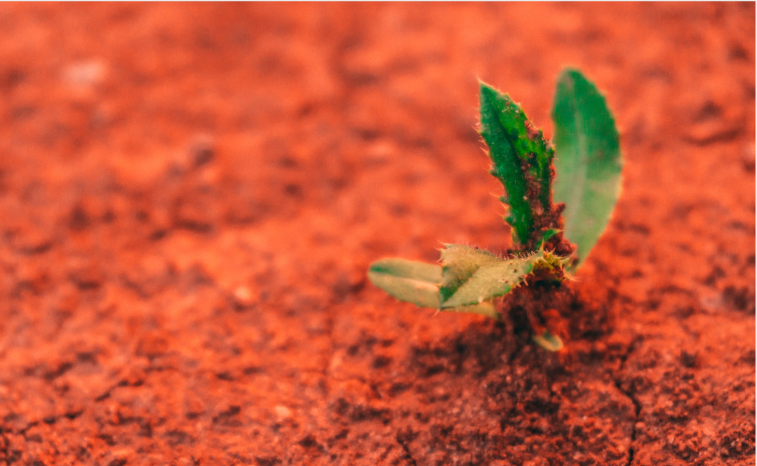B is for Bacteria, but how many Bs can Mars handle?

Every time something lands on Mars, or crashes from Earth, we also deliver some sort of life to the neighboring planet. It’s not like it’s done on purpose, though!
In fact, it is rather the opposite because scientists and engineers who supervise the assembly of interplanetary spacecrafts are trying their best to kill everything alive on it, in it… you get the point. This is done so that the instrument that reaches another world wouldn’t be infected with terrestrial life. But why?
Well, the idea is to avoid unplanned interference with its evolution.
It is for this reason, if you remember, that the orbiter Galileo at the end of its working life, in 2003, was deliberately shot down on Jupiter and burned in its atmosphere so that it would not, even by chance, reach Europe and possibly contaminate it biologically.

Astrobiologists do not rule out the possibility that there is life on Europa. But if they do discover something alive, it would be bad to determine that it actually originates from some random guy working on the assembly of the camera, tore it and sowed several hundred million bacteria into the housing camera, which was then installed in the Galileo spacecraft and sent among Jupiter’s satellites. Crazy, isn’t it?
Now, let’s point out that a lot of things have landed on Mars since 1971, when the lander of the Soviet ship Kosmos crashed on the surface of this planet.
It is true that before the launch every part that will reach the neighbor is disinfected and sterilized, but bacteria is resilient. They live in colonies where you don’t expect them, so they are abundant. Even in places you’d never expect any.
Billions of bacteria on Mars
Sterilization is therefore carried out, but it is impossible to carry it out with 100% certainty. Simply put, something always gets out of hand. That’s why estimates of the number of bacteria seeded on Mars range widely from “maybe something small” to several billion cells.
It’s actually not much, if you take into account that every human is practically a cozy home for about 100 trillion bacteria. On the other hand, maybe just one is enough to change the fate of an entire planet?
Scientists, however, seem quite calm. Mars is a completely inhospitable place, there is no liquid water on it, and the atmosphere is toxic and too thin to provide any protection against the deadly ultraviolet radiation. And then there are cosmic rays that Mars also has no defense against.
Biologists believe that under such conditions, if they reach Mars, bacteria cannot survive for more than a few minutes. But that’s only the case with those curious bacteria that peek outside to experience Mars’ unbearable reality firsthand.
And what about the rest; with those residing in hermetically sealed camera cases and various other hiding places they happened to be packed into during their earthly lives?
Well, bacteria are very tolerant creatures. When faced with scarcity, they become numb and move into a state that oscillates on the very edge between life and death. Biologists say that these are “potentially living” bacteria.
And a potentially living bacteria is able to wake up from sleep when the conditions for its life are improved, after which it behaves as if nothing unpleasant had happened. Seems like a good life lesson, one might add.
But did you know that one such historic case left scientists completely shocked way back in the sixties?
Hey, let’s meet again in the upcoming posts where we’ll talk more about that particular B incident!

